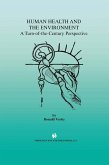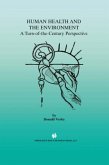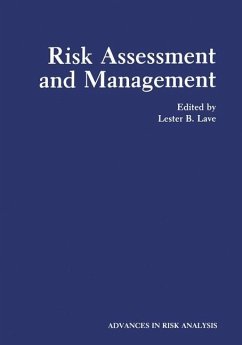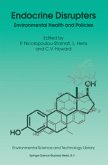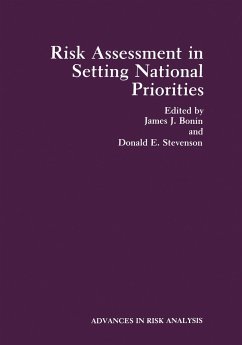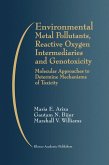Scientists and regulators have struggled to define the role of theory, experiments, models and common sense in risk analysis. This situation has been made worse by the isolation of theory from modeling, of experimentation from theory, and of practical action from basic science.
This book arises from efforts at regulatory agencies and industries to bring more science into health risk analysis so that society may better use limited resources to improve public health.
This book covers: the characterization of exposure to pollutants and other sources of risk; the movement of pollutants into the body via inhalation; ingestion, dermal absorption, and exposures to radiation; the movement of a pollutant as it cascades through the tissues and organs of the body; and the development of principles and models for dose-response modeling.
The book shows how an understanding of the biological, chemical, and physical properties of the environment and of the human body can guide the selection of mathematical models, and how these models can aid in estimating risks. Included in the book are models covering the full range of topics in human health risk analysis: exposure assessment, rates of intake, deposition and uptake by organs, absorption across membranes, biokinetics, dosimetry, and dose-response.
The reader will gain from the book a better understanding of how environmental health science, as applied in risk analysis, can be used to create a more rational basis for the improvement of public health.
This book arises from efforts at regulatory agencies and industries to bring more science into health risk analysis so that society may better use limited resources to improve public health.
This book covers: the characterization of exposure to pollutants and other sources of risk; the movement of pollutants into the body via inhalation; ingestion, dermal absorption, and exposures to radiation; the movement of a pollutant as it cascades through the tissues and organs of the body; and the development of principles and models for dose-response modeling.
The book shows how an understanding of the biological, chemical, and physical properties of the environment and of the human body can guide the selection of mathematical models, and how these models can aid in estimating risks. Included in the book are models covering the full range of topics in human health risk analysis: exposure assessment, rates of intake, deposition and uptake by organs, absorption across membranes, biokinetics, dosimetry, and dose-response.
The reader will gain from the book a better understanding of how environmental health science, as applied in risk analysis, can be used to create a more rational basis for the improvement of public health.
`This book is a must for scientists and policy-makers who struggle with the potential and the limitations of health risk assessment. It is more than useful reading for students of environmental science. But above all, it is the best book on health risk assessment that I have read in the last five years.'
International Journal of Environment Pollution, 9:4 (1998)
International Journal of Environment Pollution, 9:4 (1998)
`This book is a must for scientists and policy-makers who struggle with the potential and the limitations of health risk assessment. It is more than useful reading for students of environmental science. But above all, it is the best book on health risk assessment that I have read in the last five years.' International Journal of Environment Pollution, 9:4 (1998)



